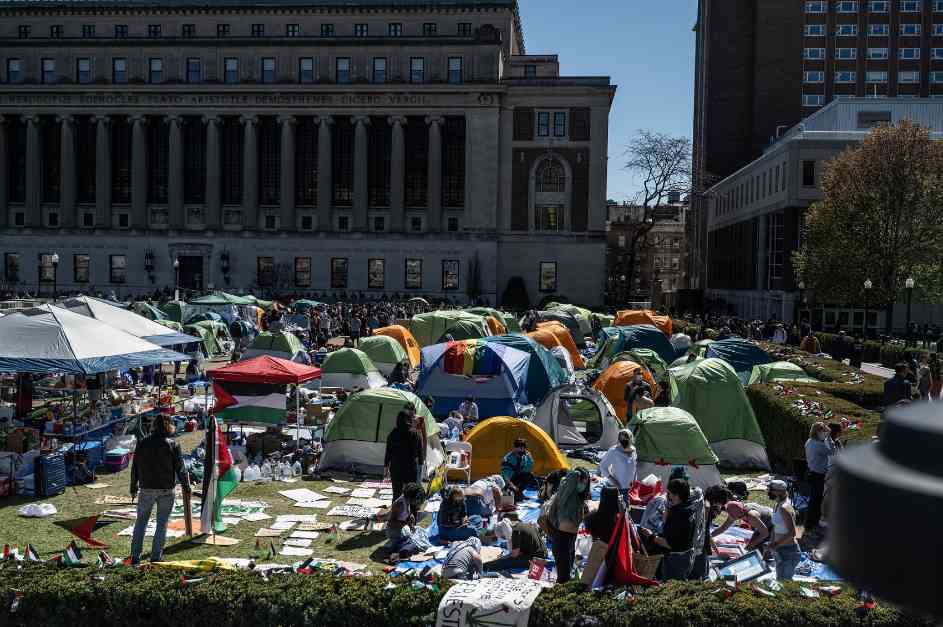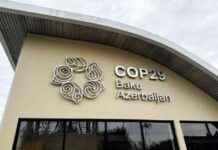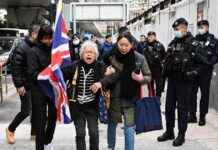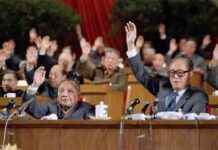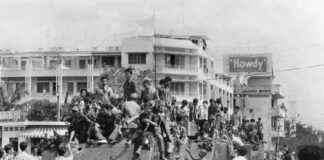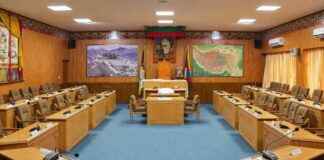The Historical Context of Tiananmen Square
In April 1989, Chinese students from Beijing’s elite universities initiated the occupation of Tiananmen Square, sparking a movement that would have long-lasting repercussions in the country. Their concerns ranged from corruption and inflation to the lack of free press and participatory governance. The students’ activism culminated in a tragic crackdown by the Chinese government, leading to a violent dispersal of the demonstrators and significant loss of life. This event has since become a symbol of the struggle for freedom and democracy in China.
Comparing Past and Present Student Movements
Fast forward to the present day, where students at prominent universities in the United States are engaged in their own protests, notably against the Israeli occupation of Gaza and the U.S. government’s support of Israel’s military actions. While the issues at hand differ from those of the Tiananmen Square protests, there are striking similarities in the excessive rhetoric and reactions to both movements. Just as the Chinese students faced challenges in voicing their concerns, American students today encounter resistance and pushback from those in power.
The current student activists, much like their predecessors in China, are demanding immediate action on pressing issues. They speak with moral certainty and a sense of urgency, fueled by their education and knowledge of the world around them. However, they are often met with skepticism, dismissal, and attempts to suppress their voices. Despite these obstacles, the students remain steadfast in their pursuit of justice and change, even in the face of potential repercussions.
A Call for Dialogue and Collaboration
In light of these ongoing student protests, there is a growing need for dialogue and collaboration between university administrations and student activists. Rather than resorting to force or suppression, university leaders are urged to engage with the protesters in a transparent and constructive manner. By forming a committee that includes representatives from all stakeholders, including students, faculty, staff, and trustees, universities can work towards addressing the concerns raised by the protesters.
The committee can explore ways to divest from investments linked to controversial issues, such as the arms industry or companies involved in conflict zones. This process may not be easy or immediate, but it can send a powerful message and pave the way for meaningful change within the university community. By involving students in decision-making processes and demonstrating a commitment to their concerns, university leaders can build trust and foster a culture of dialogue and understanding.
The Importance of Nonviolent Resolution
It is crucial for university presidents and administrators to prioritize nonviolent means of addressing student protests and dissent. Resorting to force or repression only escalates tensions and undermines the values of academic freedom and open discourse. By embracing compromise and dialogue, universities can uphold their commitment to fostering a safe and inclusive environment for all members of the community.
In conclusion, the lessons of Tiananmen Square serve as a reminder of the power of student activism and the importance of listening to the voices of the younger generation. By engaging with student protesters in a respectful and constructive manner, universities can create a space for meaningful dialogue and collaboration, ultimately leading to positive change within the academic community.
